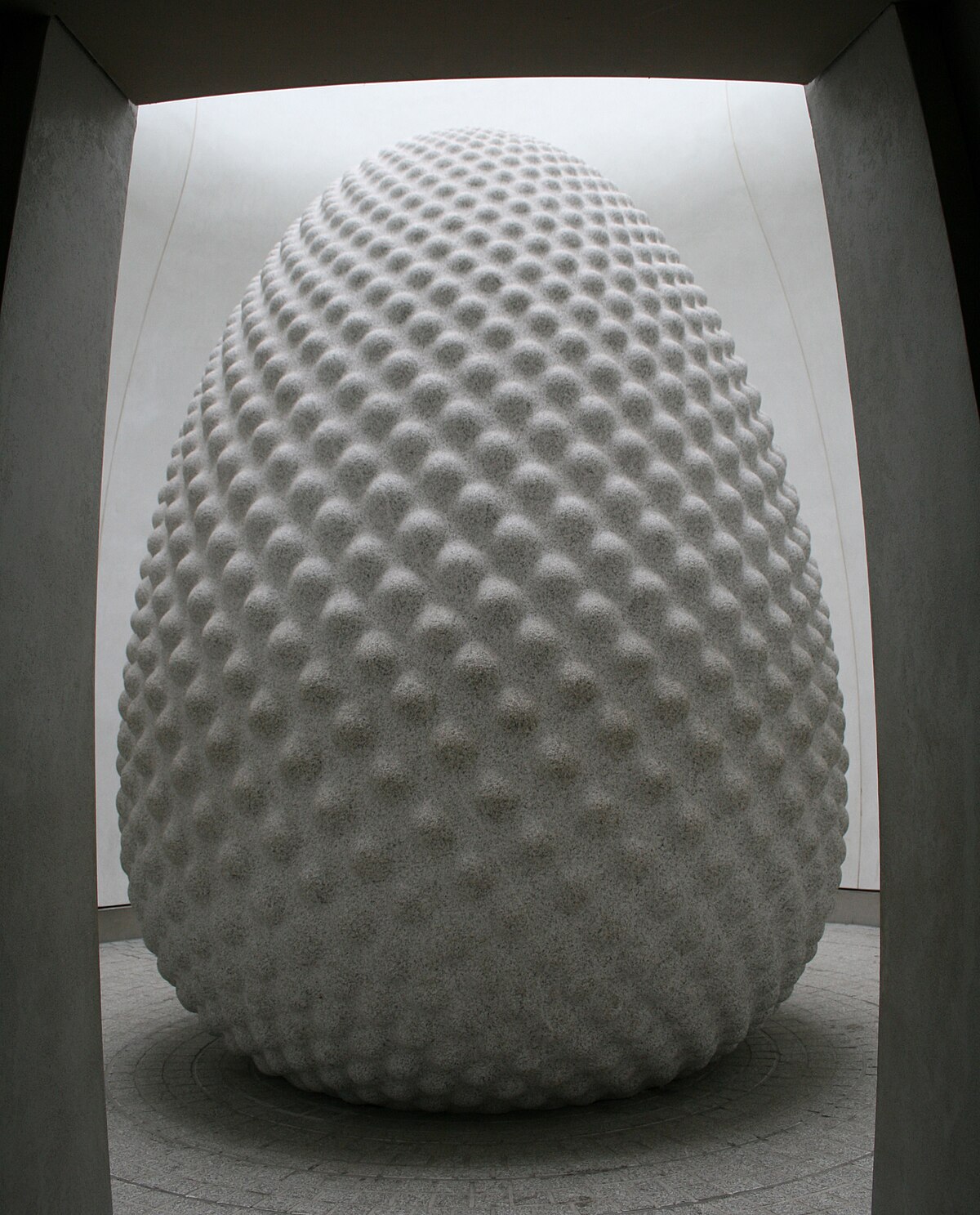It's November, so lots of my friends are doing NaNoWriMo - National Novel Writing Month. For the next 30 days my Facebook and Twitter feed will be full of posts about word counts and late nights, caffeine consumption and character creation. One of these days I will do it myself - after all, I have got two unfinished novels languishing on my hard drive - but I'm a bit committed at the moment, so it's not going to be this year.
This morning, though - just in time - I discovered there is an alternative! Thanks to
Josephine Corcoran, I now know of the existence of
NaBloPoMo: National Blog Posting Month. I'm not a very consistent blogger, as anyone running their eye down my archive will quickly discover. In fact, there hasn't been a single blog post for October this year (oh, the guilt). So it would be quite a challenge for me to post every day.
Is it a challenge to which I am equal? Only time will tell. But I'm going to give myself a few guidelines to make it more likely:
- Posts can be short. Even very short.
- Posts can consist just of a picture and a caption as long is it's at least tangentially relevant to the theme of this blog.
- If I have some spare time I can plan a few posts in advance.
- If I'm stuck I can use some of the prompts here and here, and any others I might find - as long as I make them relevant.
So, here's the plan. I'll take on the challenge. I might even succeed...
Well, that's Day 1 done. Anyone going to join me?







